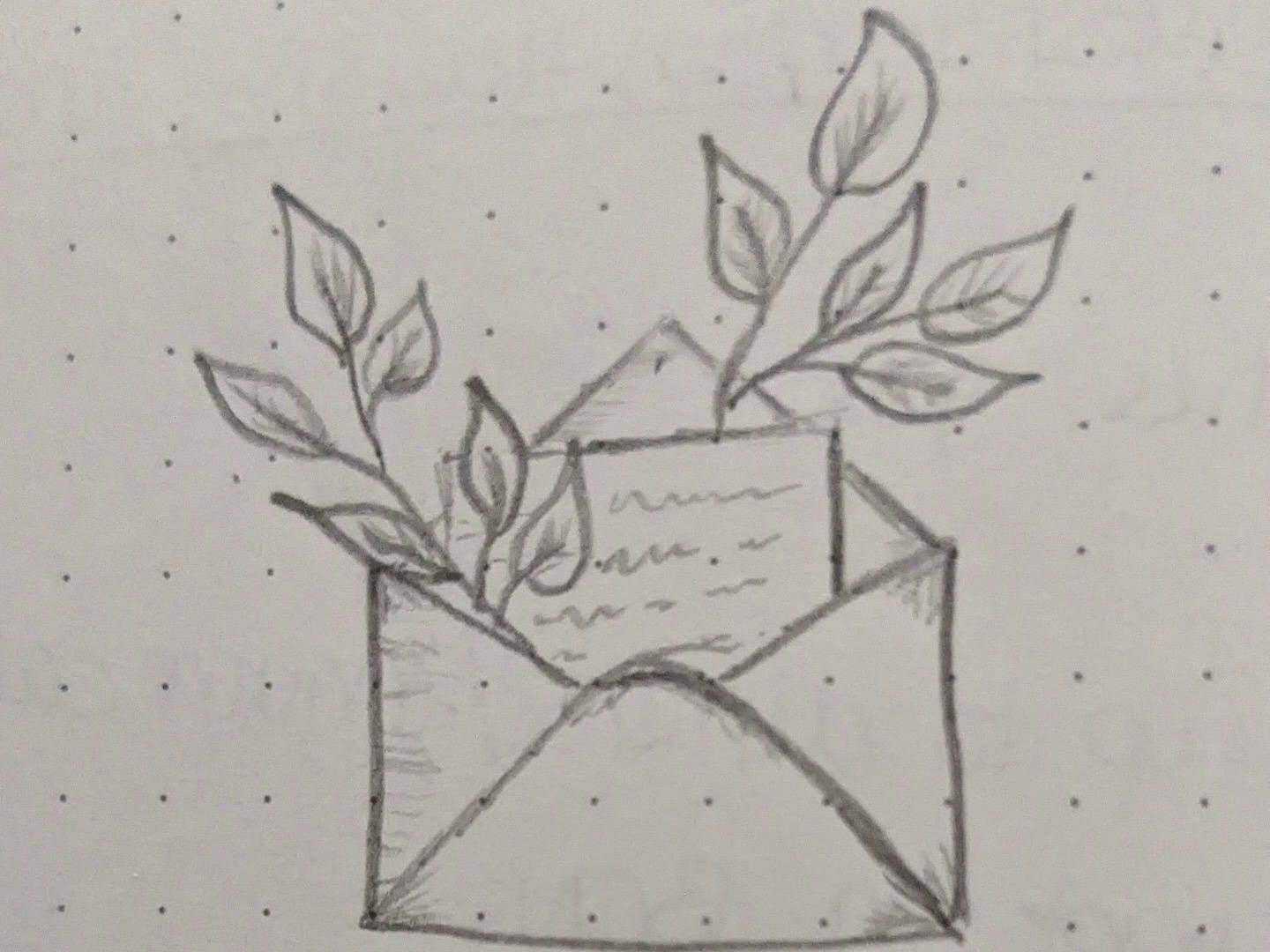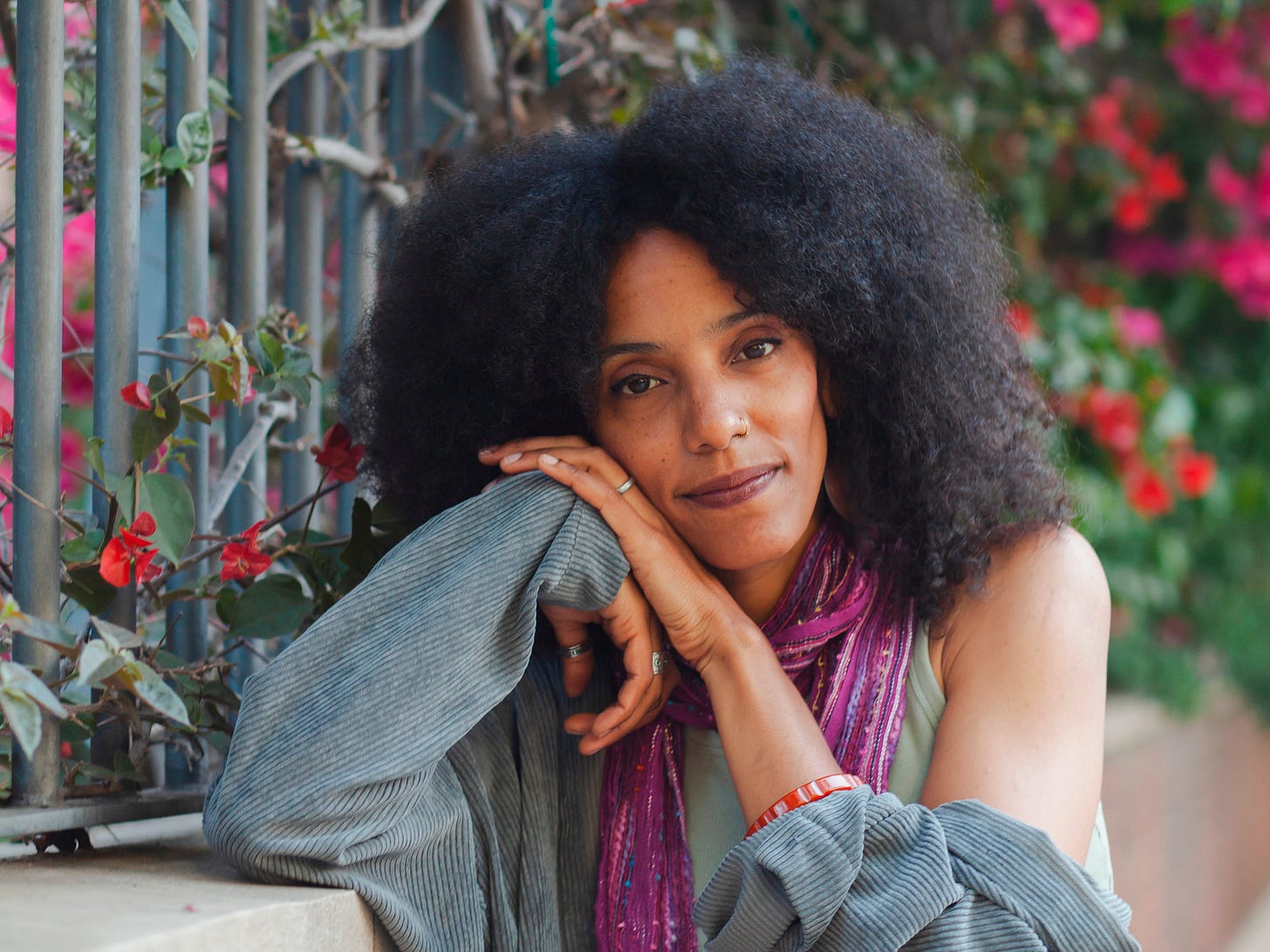From Burnout to Balance: How to Map Your Energy
A slower path to balance, creativity, and sustainable work.
Hello, and welcome to The Pause,
Last week, I shared the first tool in this Summer Slow Productivity series: Morning Pages, my favourite practice to start the day by decluttering the mind and sparking creative flow. (If you missed it, you can catch Part 1 here.)
On Sunday, I also led my Creating Without Burning Out workshop (The replay will be available soon for Inner Circle members), and one practice that sparked a lot of conversation was energy mapping, with many of you saying you wanted to try it.
This tool is Part 2 of the Summer Slow Productivity series, and I am stoked to share it with you.
Let’s dive into Energy Mapping!
From Burnout to Balance
I have been working for myself for a few years now, teaching yoga, writing, and collaborating with companies and brands, which means I have a very changing and flexible schedule.
For a while, though, and probably because I thought it was what I was meant to do, I pushed myself into rigid schedules, forced myself to “power through,” even when exhausted, and worked on projects that drained me, often with people who didn’t value me.
I was a pretty shitty boss to myself, to be honest.
But I didn’t know how to do it any differently. I didn’t have any examples.
As I spent more time with other artists and people who lived outside the box, I realized that I felt unfounded guilt for craving a different rhythm, one with varied hours, longer breaks, and creative environments that foster communication, collaboration, and self-care. I am my own boss, after all, so it is up to me to create such an environment.
Perhaps because of chronic illness, perhaps just a realization after years of burning myself out, but I stopped fighting the truth: my energy isn’t linear, and neither is my creativity. I wanted a slower pace.
Now, instead of bending myself into the 9–5 mold, I design my days around my energy.
What is Energy Mapping?
Energy mapping is the practice of noticing the natural rhythms of your body and mind: when you feel most alert, when you start to fade, and when you need food, movement, or rest, and shaping your projects and tasks around those rhythms.
The thing is, we’re all different: some people focus best in the morning, others late at night. My rhythm may be the opposite of yours, and forcing us both into the same schedule makes no sense.
Energy mapping is simply paying attention to those patterns instead of fighting them, choosing to design your day with intentionality and balance.

Our bodies follow circadian rhythms (our 24-hour biological clock) and we each have a natural preference for morning, evening, or somewhere in between. These influence when we’re most focused, when we need fuel, and when our mood naturally dips or rises.
When you learn to see your energy as a rhythm instead of a straight line, you can begin to work with yourself, not against yourself.
Energy mapping is noticing your natural highs and lows and matching your tasks to them. It’s a way to work with yourself, not against yourself.
How To Map Your Energy
Energy mapping starts with listening to yourself. It is first and foremost an exercise in self-awareness.
If you’d like to try it, here is the invitation to get started.
For a week, every day:
Check in with yourself. Every 2–3 hours, pause and write down how you feel. Use a scale (1–5) or quick words like clear, wired, foggy, tired, focused.
Notice your patterns. At the end of each day, glance back at your notes. Do you see moments of clarity? Consistent dips? Energy spikes in the morning or evening?
Label your tasks. Make a list of the work you usually do and sort it by energy need:
High energy → deep writing, creative projects, big decisions
Medium → planning, meetings, collaboration
Low → admin, reading, tidying, quiet tasks
Once you’ve tracked for a week and labeled your tasks, you can begin to design your days around what’s real:
Place your high-energy work, creative projects, writing, or big decisions into your natural peaks.
Use your steady hours for medium-energy tasks like meetings or planning.
Save the natural dips for lighter work such as emails, admin, or reading.
Schedule meals, movement, and even play as anchors to keep your energy steady. Treat them as essential parts of your rhythm, not optional breaks.
It’s important to learn to release the guilt. Your energy will ebb and flow; it always does, so the goal isn’t to work at 100% or squeeze productivity out of every hour. The goal is alignment: listening to your body, honouring your cycles, and letting your work and life support each other.
The Rhythm of Your Days
Energy mapping has been one of the most transformative practices in my own slow productivity journey, and I return to it often, as my needs and my projects shift.
This technique has helped me find a way to work more harmoniously.
Now, instead of pushing through dips or feeling guilty for needing breaks, I’ve learned to trust my rhythms, and that trust has created more balance, creativity, and ease in my work and my life.
So, what do you think of energy mapping? I’d love for you to try this exercise and notice what patterns emerge. Where are your peaks, and what happens when you honour your natural flow instead of forcing productivity?
If you feel called, share what you discover!
Next week, we’ll dive into a different but complementary tool: Pomodoro sprints, a way to structure your work time blocks that helps you focus deeply while still leaving space to rest.
That’s all from me now, friends.
Until we meet again pause often, breathe deeply, and be kind, especially to yourself.
Much love,
Laia
Loved this post? ⤵️
📲 Screenshot your favourite part and tag me @laia.bove
💌 Reply to this email—I’d love to hear from you!
☕ Buy me a Ko-Fi.
Or even…







I’m very excited to try this! I’ve been searching for a mix of structure and flow that works for me since I’ve taken on entrepreneurship and it has been challenging to say the least. I feel like I’m getting closer to clarity on what works for me, but this feels like the tool I’ve been missing. I’m excited to report back what I find. Thank you for sharing your wisdom!
If you only knew how badly I needed this today. Thank you!